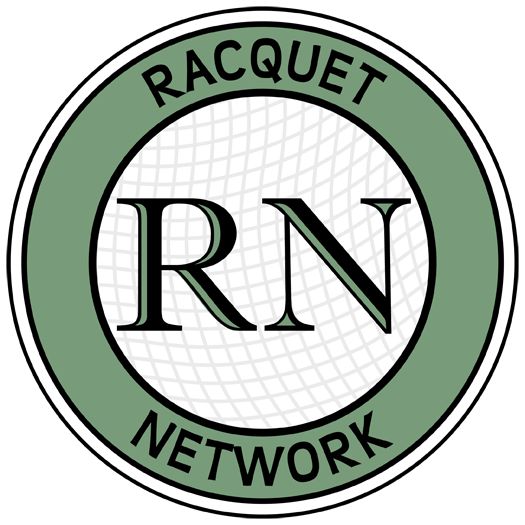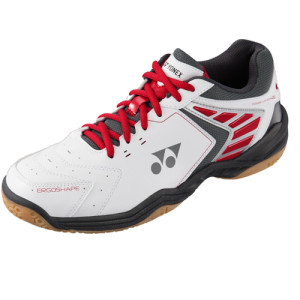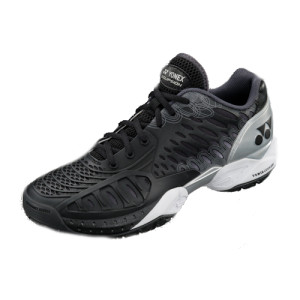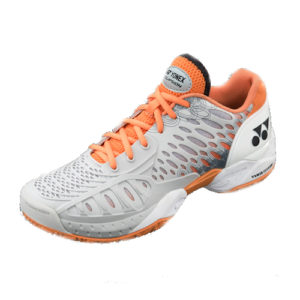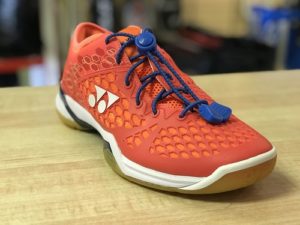 Most Canadian men tie their court shoes too tight. In doing so, they cut off some of the circulation to the veins and arteries running across the tops of their feet. This leads to premature foot fatigue.
Most Canadian men tie their court shoes too tight. In doing so, they cut off some of the circulation to the veins and arteries running across the tops of their feet. This leads to premature foot fatigue.
In order to reduce foot fatigue, most Canadian men need to learn a couple of new things about tying their shoes. First, court shoes are not hockey skates. They should not be tied like skates because tying court shoes as tight as skates hampers blood flow which leads to foot fatigue. Court shoes should be tied so that they stay on your feet, no tighter.
The second thing most men need to learn is that oval laces are better for blood circulation than flat laces and elastic laces are even better than oval laces. Why? Because flat laces flex the least. Oval laces flex more and elastic laces flex the most. So when a shoe is laced with elastic laces, stopping and changing direction rapidly does not momentarily strangle the blood vessels across the tops of the feet.
These two small but important details explain why we have fallen in love with EZ Laces at Racquet Network. First, installing EZ Laces on court shoes virtually assures that they will never be tied so tight as to be unhealthy. Second, even under the highest levels of athletic stess, the laces across the top of the feet will always flex with the athlete’s movement.
Once they are correctly installed, EZ Laces immediately turn tie-on shoes into slip on shoes. They also make it virtually impossible to step on a lace and pull it loose in the middle of a point. As an added bonus for parents and coaches, installing EZ Laces onto children’s shoes means that nobody will have to stop practice so that somebody can tie their shoes.
The only downside to EZ Laces is that, until you have done it a few times, they can be difficult to install. While the company that manufacturers them offers step-by-step instructions supported by video tutorials, it rarely goes as smoothly in person as it does in the video tutorial.
No worries. When you buy EZ Laces in our southwest Calgary store, our technicians will install them for you at no extra charge. All you have to do is choose from 15 lace colours and eight lock colours. We will do the rest. It takes about 15 minutes and you are good to go.
